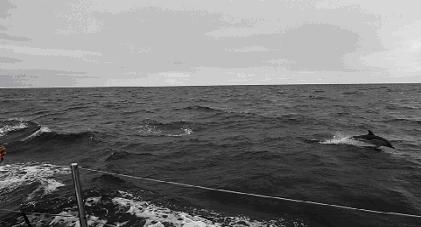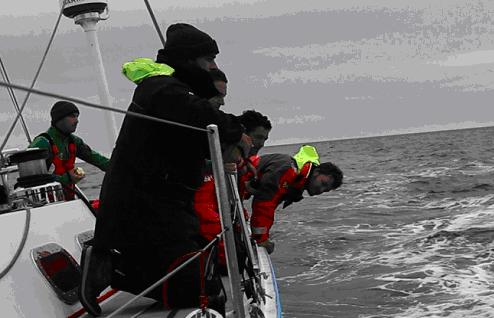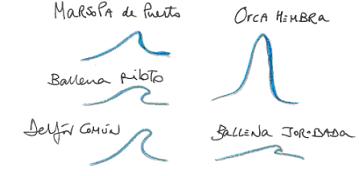Dolphins and whales WATCHES with IWDG
To THE IWDG species sightings made by ordinary people are very important. On the one hand, to assist with the investigation, and secondly, to raise awareness of the population.
The fact of having made a sighting and register to provide the data for research, resulting in people the feeling of doing something for the biodiversity of our oceans, in turn generating interest in the species.
For this reason, many groups and associations working in the conservation of species of this type, carried information guides for any of us be able to identify an animal and recorded as being “neo-scientists”.
This is the case of IWDG, who have published a guide that, in addition to plenty of advice on what to use where they stand and what areas of the island are the most appropriate, also detail the most of every species and their characteristics. With all this help any of us can identify dolphins or whales just seeing his fin, tail or head.
To distinguish a whale of a dolphin there are several indications that we must follow. To begin, it is important to look at the shape and position of the dorsal fin. It is important to know that members of the same species also have differences in size and shape.
The dorsal fin of blue whales is two-thirds of the head.
The dolphins usually have in the half.
The pilot whale’s fin is usually a bit before the center of the body from the head.
Dorsal fins forms:
More information: www.iwdg.ie


















